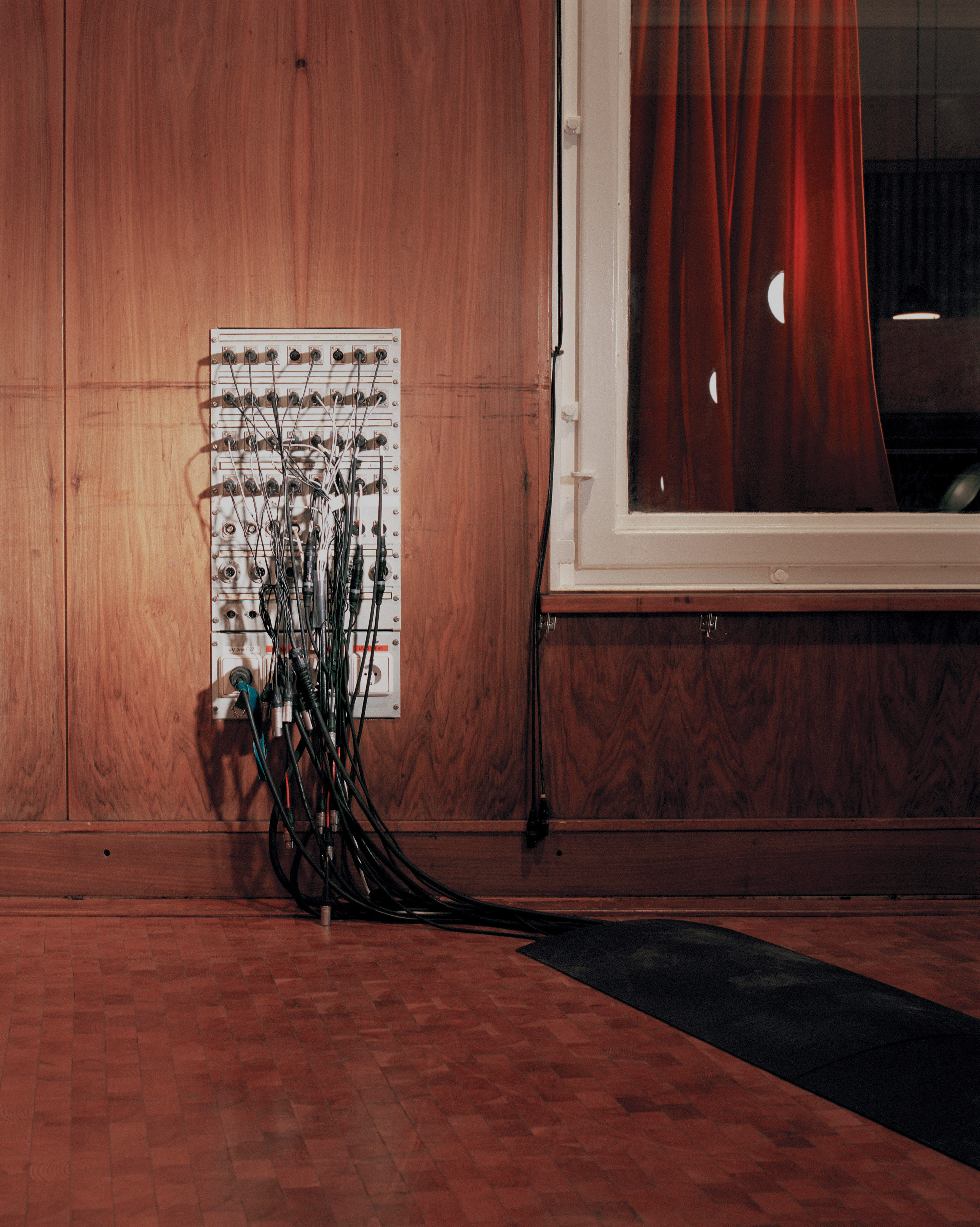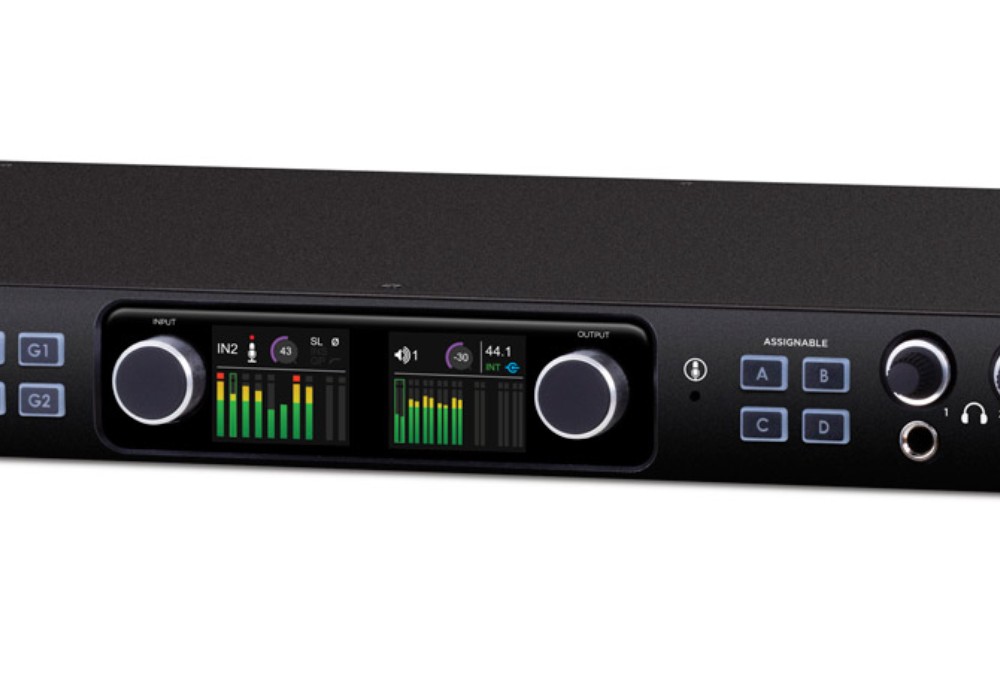Good digital conversion has come a long way in a relatively short time. There are now so many great options, ranging from streamlined 2-channel desktop interfaces and modular systems all the way up to multichannel I/Os that serve the needs of large format professional studios. Lynx is not new to the game, consistently building top-of-the-line converters for audio tracking, mixing, playback, and mastering needs for over 20 years. The latest offering from Lynx is their Aurora(n). Lynx continues to use swappable LSlot cards with their Hilo [Tape Op #90] and original Aurora [#73] interfaces. They've carried on that LSlot technology to the Aurora(n) and have introduced several new modules that allow you to configure the interface to fit your workflow. These can be configured at the time of purchase (lynxstudio.com/custom-shop) or upgraded later. This modular system (when using the LSlot for computer connectivity, paired with firmware updating) makes the Aurora(n) essentially "future proof." Currently swappable LSlot cards are available for USB, Thunderbolt, Pro Tools | HD, and Dante.
My single rack space review unit came configured with 32x32 I/O (also available in 8x8, 16x16 and 24x24 versions) with a Thunderbolt LSlot card. Because I planned on using the Aurora(n) with both with my newer Apple laptop and my older Mac Pro tower setup, Lynx also sent me an LT-HD LSlot card (for my Pro Tools | HD system) that I could swap out for the Thunderbolt card. The analog line inputs and outputs are connected via DB-25s on the back panel. The back panel also sports BNC connectors (1 in and 3 out) to an ultra-low jitter word clock. Different rear module configurations and combinations allow you to customize your entire I/O, within reason. Lynx currently offers a 4-channel mic pre with A/D (LM-PRE4), an 8-channel analog I/O (LM-AIO8), and a 16-channel AES/EBU digital I/O module (LM-DIG) with more options on the way. Setting up was "plug and play." Simple changes to my DAW's I/O configuration were all that I needed for use with laptop via the Thunderbolt LSlot card, and, when switching to the LT-HD LSlot to integrate with my older Mac Pro / Pro Tools 10 [#86] system with HD Accel cards, the converter appeared seamlessly as a compatible 192 device (more on this later)!
The real highlight of the Aurora(n) is its sound, due in part to the analog signal path for each channel that has been designed as a self-contained and shielded circuit. Plus, each channel pair has its own dedicated conversion device. This offers the sonic advantage of reducing crosstalk and distortion while significantly increasing dynamic range and performance, resulting in transparent imaging and detail. HCT (Hilo Converter Technology), which borrows the mastering grade conversion design of the Lynx Hilo, makes up the core of the Aurora(n).
But how does the Aurora(n) sound? In a word: awesome! It's uncolored, and elements of my mixes were presented with what I perceived as more of their own "space." After working on a mix for several hours, I found myself using less EQ and reverb. Maybe we had done such a fantastic job of recording it that it was unnecessary, but regardless, with this clarity I knew that I was making informed choices. Stereo imaging was solid and the sound stage expansive. With any conversion, my preference is to not hear it. I just want to be confident that what I am hearing is not being altered in the conversion process. If something needs grit, great! I can add it. If the low end of a track needs to be tidied up, I want to have a crystal clear idea of just how much. The Aurora(n) delivered on all fronts in this regard, and I worked more efficiently when using the Lynx.
Another standout feature of this unit is that microSD recording is built-in. When you are tracking, and the band plays that magical idea during a run through of a song, you won't miss it – even if your DAW wasn't actively recording or, worse yet, crashes in the middle of a take! This is a great safety net and dummy check. Imagine the uses (and redundancy) for live show recordings...
Front panel function buttons control a menu that provides easy navigation of the LED display, which offers two main metering options: stereo or multichannel. Here the user has the option to route pairs of audio outputs to the SD recorder or to the two built-in, fantastic sounding, audiophile grade headphone outputs with individual level controls. Without referencing the manual, it was easy to understand and operate.
Due to the compact form factor for all this I/O, the Aurora(n) makes for a great mobile rig option that is a snap to throw into a manageable rack along with some preamps and select outboard gear. Because of the SD recorder onboard, you could skip the computer altogether and just record straight to the card, noting however you have no DAW control functions beyond record and stop. All tracks from the microSD card can be dragged right into your favorite DAW for editing later!
Swapping out the Thunderbolt LSlot card for the supplied LT-HD LSlot card was very easy; a screwdriver was all I needed. I especially wanted to audition this option because I am sure that not everyone that's upgrading converters will want to completely replace their computer, software, etc. The thing that sucks about working in the digital realm is that a single update of a system component is almost never just that, but rather an extensive and expensive endeavor. Set up was straightforward, and, as mentioned earlier, with a few adjustments in Pro Tools, the system saw the Aurora(n) as a compatible 192 I/O. I ate up all my I/O options with analog connections, but, with the use of some mults and patchbay magic, I was working in the same way I had for years – only it sounded markedly better.
Gear at this level doesn't come cheap. A maxed out 32x32 Aurora(n) configuration will run about $5600, which, in my opinion, is a more than fair price if you never have to think about buying another converter – well worth the cost for its high-quality and uncompromising audio. Comparing the Aurora(n) to other converters in its class is like comparing bad-ass sports cars. They look great and are fast as hell, so it's just a matter of taste really. With that in mind, the Aurora(n)'s ability to integrate future forms of connectivity makes it a stand out amongst the others.





_disp_horizontal_bw.jpg)